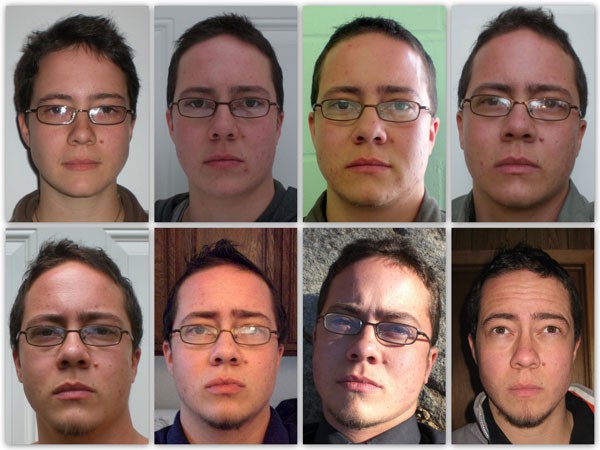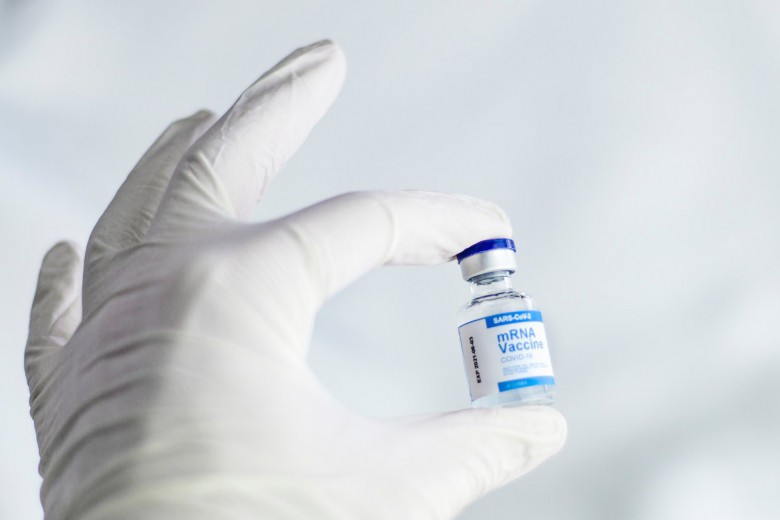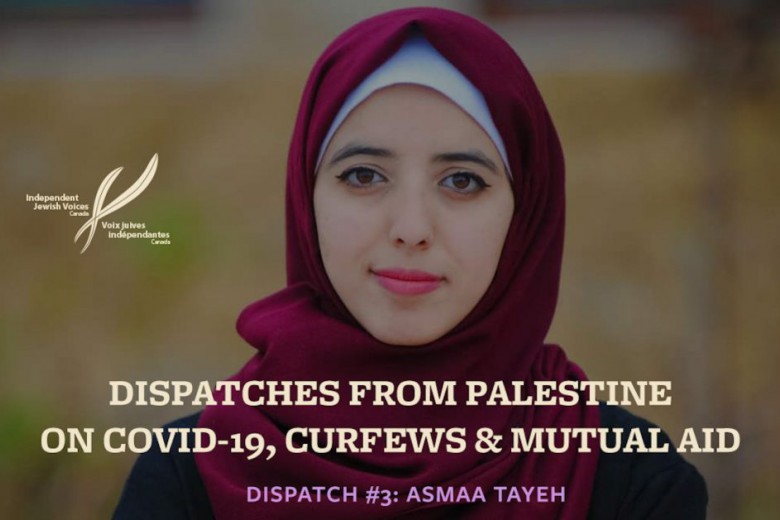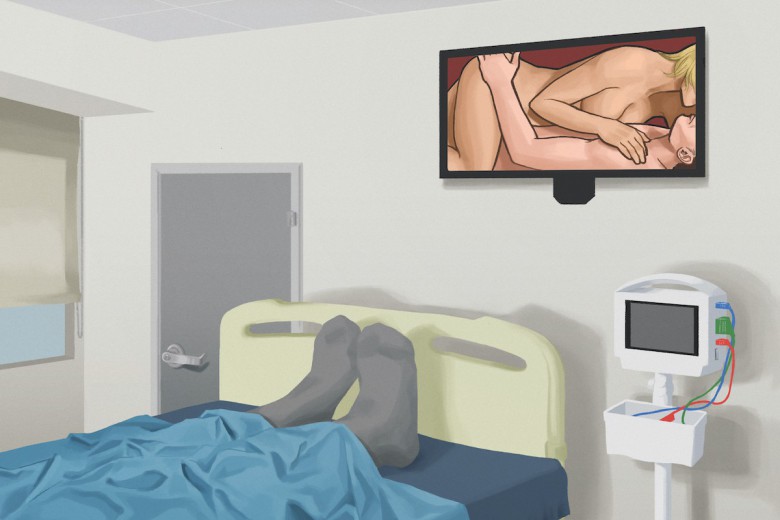
“One of the great myths of our culture is that at birth each infant can be identified as distinctly ‘male’ or ‘female’ (biological sex), will grow up to have correspondingly ‘masculine’ or ‘feminine’ behavior (public gender), live as a ‘man’ or a ‘woman’ (social gender role), and marry a woman or a man (heterosexual affective orientation). This is not so… A significant number of people in fact do not fit this simple idea of biological gender destiny.” — Lisa Josephine Lees, Gender: Exploring Diversity and Acceptance
Yesterday I received a long-awaited item in the mail: an application package for admittance to the Gender Identity Clinic at the Centre for Addiction and Mental Health in Toronto. This is the golden ticket for Canadian transsexuals who are in need of medical care (including hormones, surgeries and counselling) and who can’t afford to pay for it themselves. Toronto’s Centre for Addiction and Mental Health, commonly referred to as CAMH, is the gateway to it all.
Many provinces, including British Columbia, Saskatchewan, Manitoba and Ontario, require that transsexuals seeking government-funded medical care be assessed at this Toronto clinic by a team of doctors who are considered to be experts in the field of gender identity. With their stamp of approval and recommendation for surgery (both are required and can take years to receive), most provinces will fund all or part of the cost of all or some of the procedures the patient needs. It’s an elite program from which 90 per cent of applicants were reportedly turned away between 1969 and 1984. Evidence suggests that they have made few changes to their methods or approach since then.
I’ve been wondering for months what I have to do to be one of the lucky few. I don’t know for certain; like everything else related to transsexuality, no one seems to know for certain – not my doctors, not other transsexuals and not my health minister.
Guided only by rumours and the accounts of transsexuals who have been through this process, I have had to machete my own way through the neglected undergrowth of transsexual health care in Canada.
Regarding Caitlin
The first thing I pull from the package from CAMH is a letter. The letter is addressed to me, Calvin. But in the subject line I see written in bold, RE: Caitlin. I assume that they got this name from my endocrinologist when he made the referral, and seeing it makes me uneasy. That name has no place there since it’s neither my legal name nor my chosen name. It’s a name I haven’t used in years.
I’m a guy now. I have a flat chest and a beard, and according to my birth certificate I was born Calvin Neufeld, a boy. I don’t even have female reproductive organs anymore; that was the price I had to pay for the birth certificate. More on that later.
There is only one thing left for me to do before my transition is complete: genital reconstruction. It’s a relatively straightforward procedure for male-to-female transsexuals (in effect, turning an outie into an innie) but a considerably more challenging undertaking for female-to-male transsexuals. Complete genital reconstruction is typically achieved through several surgeries over several years. The entire procedure is high-risk and costly, with generally unimpressive (and often impotent) results.
It sounds crude and insane, I know. But when you don’t know what it’s like to have sex with your wife, when you have to hide in the men’s change room for fear of becoming a victim of violence, when you’re terrified of being left to die by a shocked emergency crew, when half of your body still feels like someone else’s, even the poorest of options becomes palatable.
I want to feel as complete as I can, now that I know it’s possible. My face, my voice, my chest – even the gut that showed up at around the same time that my butt disappeared – they’re all mine. I finally know what it’s like to look at my body without surprise. What I had before always felt foreign.
Hormones get most of the credit for my transformation – small doses of a clear, thick, yellow fluid that requires a large needle, a steady hand, and a deep intramuscular injection every week for the rest of my life. Thankfully, my wife gets a kick out of giving shots.
But hormones only change secondary sexual characteristics. From the beginning I knew I wanted my transition to be complete, and to be completed quickly so that I could get on with my life with as little awkward androgyny as possible.
My surgical corrections began with a hysterectomy and bilateral salpingo-oophorectomy – meaning, in trans terms, that I had all my internal “girl bits” taken out. It wasn’t my first priority (that had always been chest reconstruction) but it was the only procedure I could access under provincial health care, and only through a loophole. It took some investigation to find a sympathetic gynecologist on the other side of the province who would overlook the fact that Ontario had not yet re-listed sexual reassignment surgeries. (It was announced in May 2008 that, after a 10-year hiatus, the procedures would again be considered medically necessary procedures under Ontario’s health care plan.)
“As long as your health card says you’re female,” said the gynecologist (my first and only), “it won’t be a problem.” She is a leading surgeon in her field and a Mother Teresa to trans men like me. Without the procedure, I would not have been allowed to change the sex designation on my birth certificate, leading to some awkward (if not dangerous) moments at hospitals or airports with my mismatched ID.
It was an experience I don’t regret – in fact, I am grateful for it. My uterus was an organ I had no desire to use and under the influence of high doses of testosterone over long periods of time it could have killed me. What I do regret is that I did it on someone else’s terms, to satisfy some random, meaningless criterion for legal sexual status.
Two months later, while still recovering from the hysterectomy, I managed to raise the $8,000 I needed to remove the breasts I had been painfully strapping down under my clothes, day after agonizing day. There were rumours that the provincial funding of sexual reassignment was forthcoming, but even once the funding was restored we were promised at least a two-year waiting list – and only if we happened to be approved by CAMH staff first. I knew I couldn’t endure several more years of the suffocating binding and back pain, and turning away from my wife when getting changed. It was more than a medical necessity for me; it was the most liberating experience of my life.
Today, with the help of the hormones, the hysto, and the “top surgery,” I move unquestioned and unobstructed as a male in the world. But I’m not yet complete. There is one last surgical process that I need to undergo, but for lack of the tens of thousands of dollars needed to pay for it myself, the only way I can get it is through the narrow gateway of the Centre for Addiction and Mental Health.
The conditions of application
The letter from the CAMH introduces an attached questionnaire and informs me that they are requesting “a written life story regarding your gender identity issues and two photographs (one crossdressed, if possible).” Should I be admitted to the program, they tell me that I can expect to undergo assessment on an out-patient basis at their clinic, where I will be interviewed by two psychiatrists, a psychologist and an endocrinologist, and will undergo “a complete physical examination, and possibly [be] asked to undergo psychological testing.” I’m picturing myself on a glass slide under a human-sized microscope, a medical oddity squirming under their clinical gaze.
The questionnaire they sent is all but impossible for me to fill out, both practically and ethically: half of the questions don’t apply to me, and half conflict with my sense of integrity.
Since they begin by asking only my Name on Birth Certificate, Sex as on Birth Certificate, and Name Used, they don’t seem to have later-stage transsexuals like me in mind, whose birth certificate reveals none of the information they want. Throughout the questionnaire, the language they use forces me to picture myself as a middle-aged lawyer trying on his wife’s panties on the weekend in order to come up with an answer that fits the question.
Some of the questions seem routine. Others make me wince. They want to know all the jobs I’ve ever had that lasted longer than a year. My income. A sexual history (Please give details). Do I have kids? Followed by, At what age did these desires begin?
How can I squeeze my story through these slots? How can I remember when “these desires” began when my childhood memories are of Calvin – from Watterson’s comic strip – not of Caitlin. Or perhaps some androgynous hybrid of the two. I don’t even have blond hair, but my memories are of Calvin, doing the things I did, saying the things I said, playing with the stuffed tiger I made myself and digging up dinosaur bones in the backyard. It’s not what others saw, but it’s what I saw, or what I wished to see. I don’t remember a girlhood. And I don’t remember when that began.
Next, the questionnaire asks me whether I have “dressed in clothes of the opposite sex (crossdressed).” And at what age did I do it first? Then, at what age did I begin crossdressing occasionally? Frequently? Continuous crossdressing at home? Continuous crossdressing outside home? Full-time cross-living? And date when full-time living and working in the opposite gender role began.
I can’t even halfway bend my mind through the loops of what counts as crossdressing for me, versus what counted before, if it counted, and how often I did it, when and where. Not to mention the curious misuse of the term “gender role” in this context, as though I’d gone from dishwashing to chainsawing.
The last part to this particular string of questioning asks me to list previous attempts to get medical care for this condition. I’m given two lines for my answer. I could fill two pages.
Still, they give me plenty of response space to list details of every suicide attempt. And confessions of self-mutilation. My psychiatric history. Have I used alcoholic beverages? Describe quantity and circumstances of intake. Oh, and describe the size, shape, and function of my sex organs. Now I need a drink.
Finally, they want to know the name, birthplace, age, address, and marital status of my mother, father, brothers and sisters (living and deceased) including step- and half-siblings.
I’ve never had to tell this much to anyone.
Meanwhile, south of the border
On June 17, 2008, the American Medical Association called for the removal of financial barriers to health care for transsexuals by passing Resolution 122. The resolution asserted the need for “public and private health insurance coverage for treatment of gender identity disorder as recommended by the patient’s physician.” The resolution affirms the effectiveness of medical treatment for transsexuals and emphasizes that Gender Identity Disorder is a serious medical condition which, if left untreated, “can result in clinically significant psychological distress, dysfunction, debilitating depression and, for some people without access to appropriate medical care and treatment, suicidality and death.”
The resolution also states that the American Medical Association, along with the World Professional Association for Transgender Health and other health experts in Gender Identity Disorder, “have rejected the myth that such treatments are “˜cosmetic’ or “˜experimental’ and have recognized that these treatments can provide safe and effective treatment for a serious health condition.”
It is hard for me not to compare this to my experience of Canadian transsexual health care – the blind investigation, the awkward questions to inexperienced health care providers (and their receptionists), the bureaucracy of the Office of the Registrar General, the white lies and rogue doctors and long-distance travel, and the endless efforts to explain myself to a head-turning or head-shaking public in the absence of reliable statistical or medical data. In the distraction of medical controversy, religious debate, media carnivals, prejudice and tradition, the immediate well-being of transsexuals is being neglected. While the world decides what to make of us and whether we are in our right minds or deluded, we remain socially ostracized and without the medical care that we consider appropriate to our needs.
But the fact remains that, according to Ontario’s Ministry of Health, I am legally entitled to government-funded medical care for treatment of gender identity disorder. What I don’t have is access to that treatment, and the barriers extend well beyond the financial. I’ve had to fight and cheat and lie my way to the care that I needed – even when I had to pay for it myself – and now I’m being asked to trade my secrets and my dignity to get the rest. If I’m lucky.






